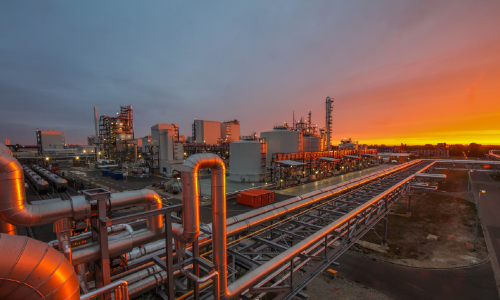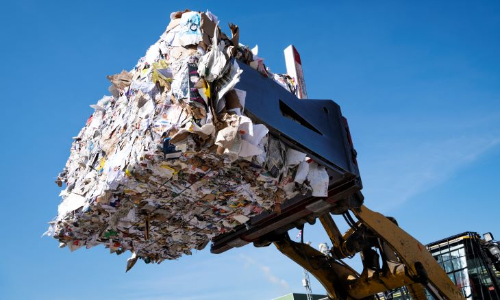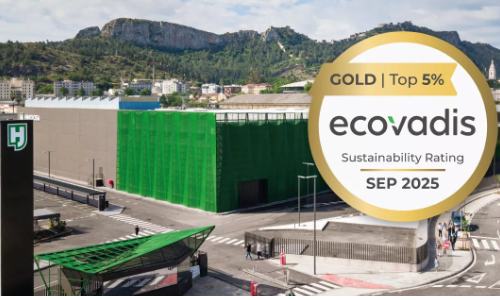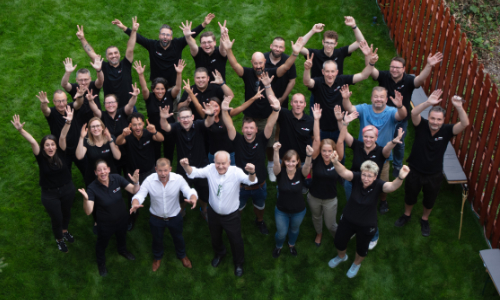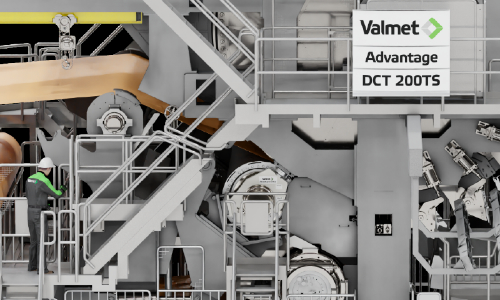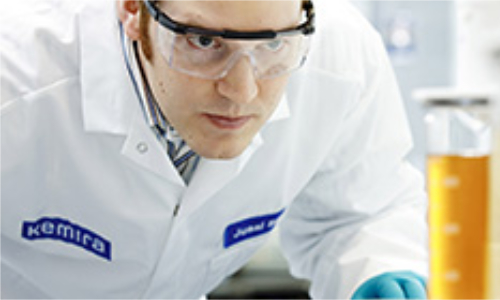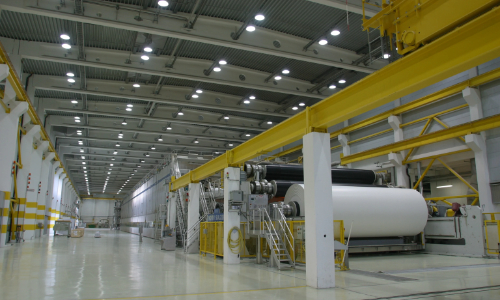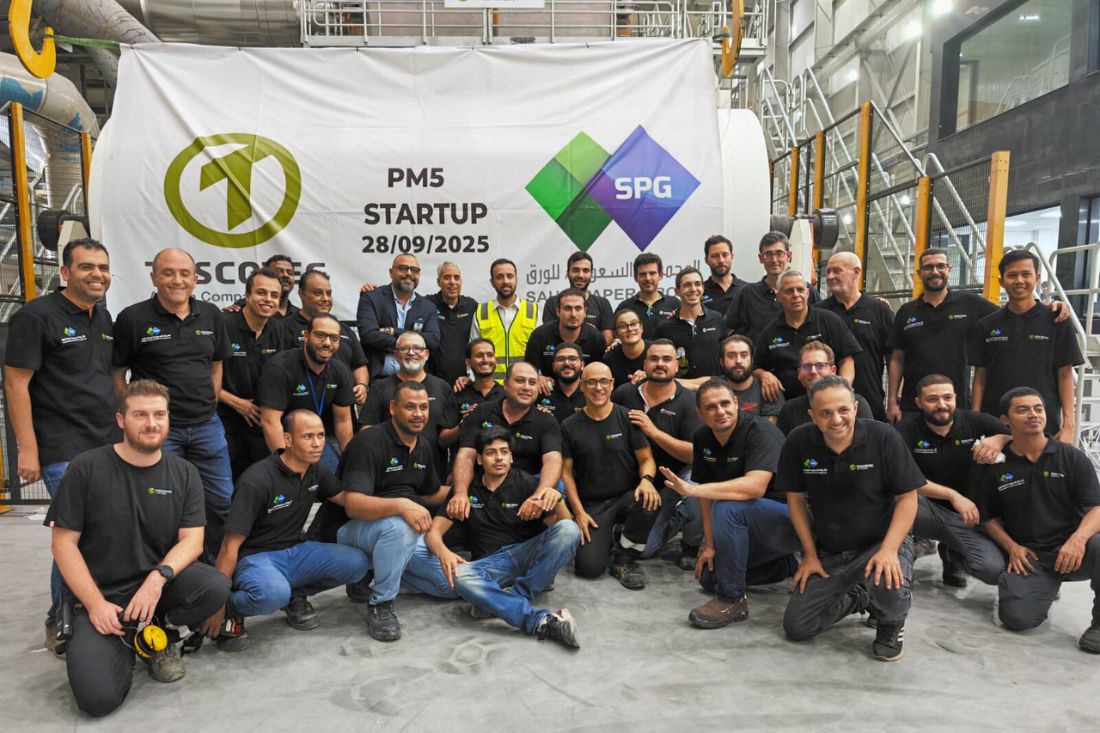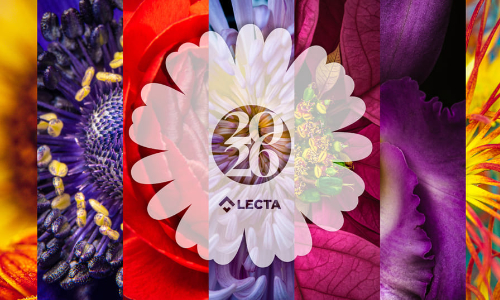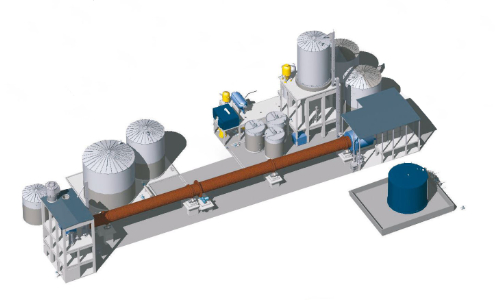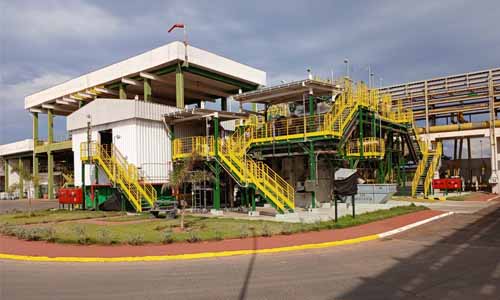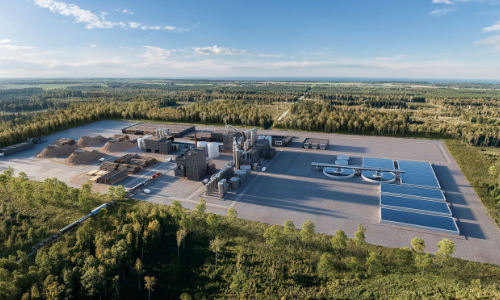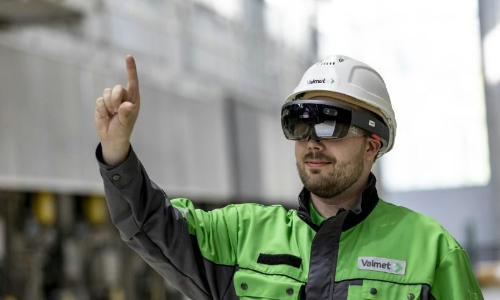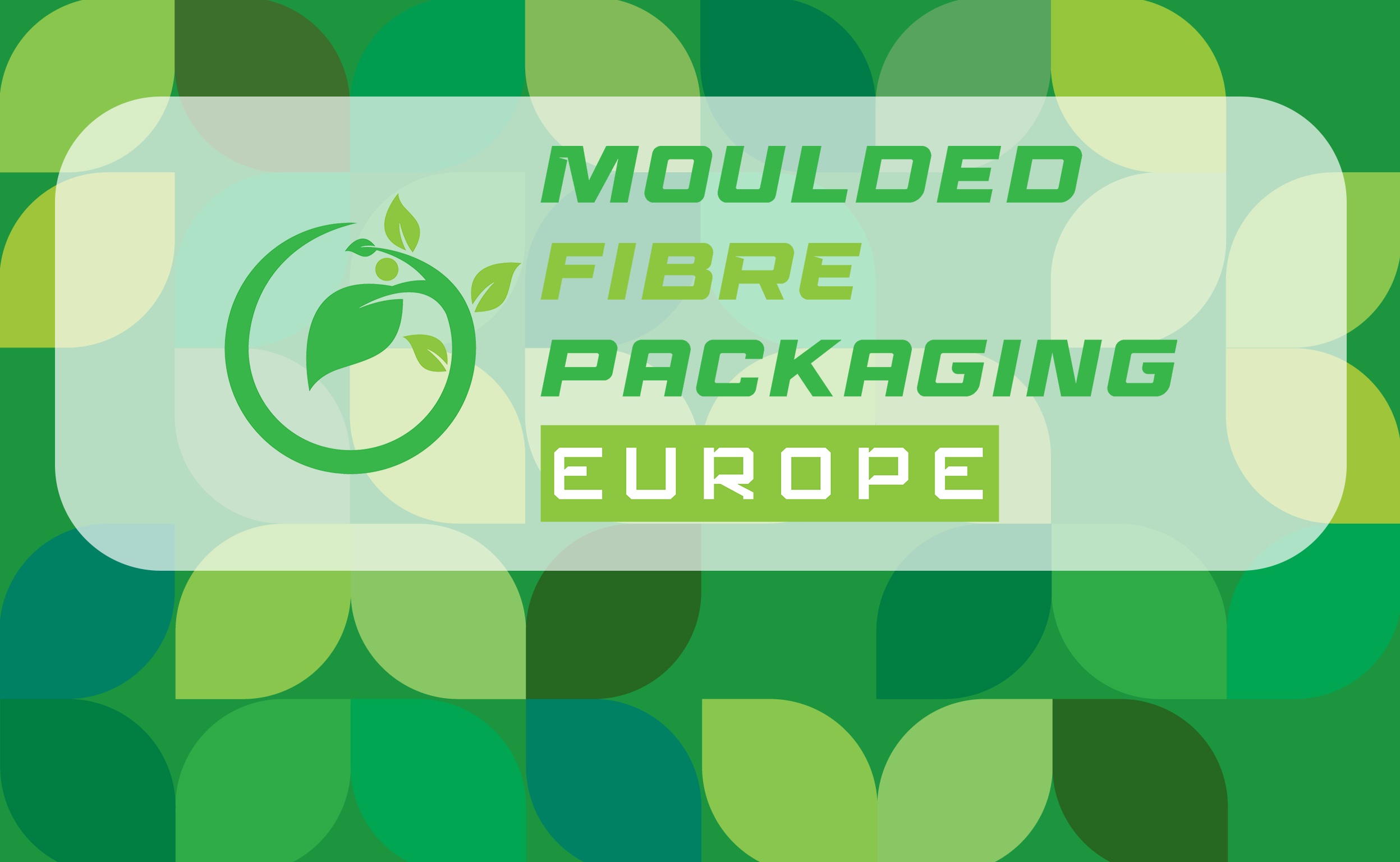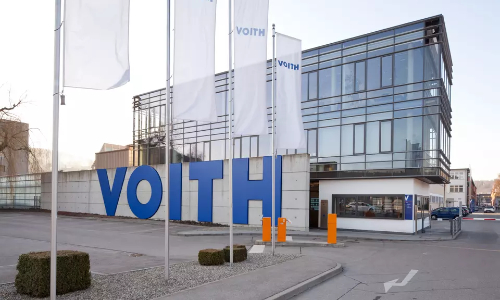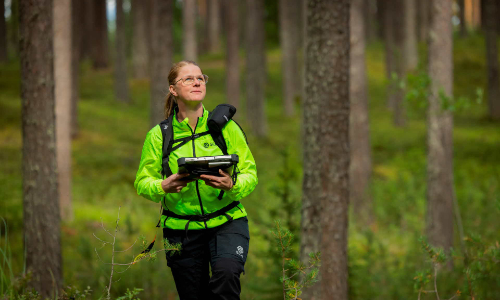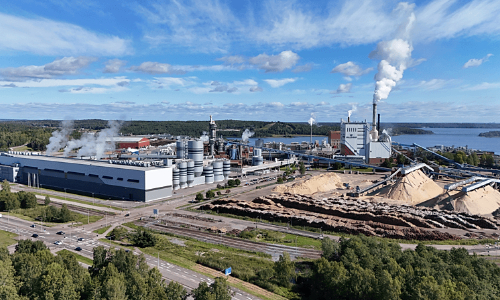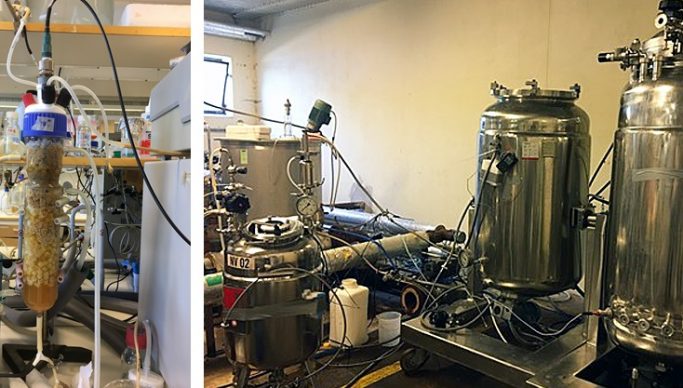
Organic pollutants in the wastewater of a pulp and paper mill can now be converted into climate-friendly hydrogen gas.
“This is a real win-win situation for the mills and the environment. I am proud that we have taken this from lab to pilot scale,” says Sudhanshu Pawar, a researcher at RISE Research Institutes of Sweden and well versed in the world of microorganisms. For years, he has studied a particular microbe with the ability to break down hemicellulose and forming biohydrogen gas in the process.
In MultiBio, a project funded by Sweden’s innovation agency Vinnova and the industry, he and other experts investigate the possibility to produce biohydrogen as part of the mills’ water purification process.

“We started by developing the hydrogen gas process in the lab and asked ourselves if it could be transferred, to use the residual streams at the mills as raw materials. There were many challenges to solve before we knew what the microorganisms would be able to handle and what methods and equipment to use,” says Sudhanshu.
Good results in industrial water
Experiments at mills in Värmland, Sweden, showed that the microorganisms thrived in some of the industrial process streams.
“Everything went very well and smoother than we first thought. We found a current that was promising and got better results than we did in the laboratory.”
Biohydrogen gas experiments in industrial water to this purpose are the first of their kind.
“Nobody has tested this before in this way. It has only been done on a lab scale with a maximum of fifty litres. Our experiments scaled up to just over 400 litres and took the methods from lab to pilot scale without any challenges that could not be solved. This is a great development.”
Alternative fuel
Now it remains to develop the concept and start a full-scale biohydrogen process at a mill.
“I feel inspired and motivated and want to develop this further. It means a lot to the environment and to society,” says Sudhanshu Pawar.
Hydrogen is considered an interesting alternative fuel because the combustion only creates water. Usually fossil fuels are used to produce hydrogen, which causes carbon dioxide emissions.
“Biohydrogen is more climate-smart than ordinary hydrogen and I see a large market. The gas can be used for the own industrial equipment at the mills and as fuel for cars, buses, and trains,” says Sudhanshu Pawar.
Three environmentally friendly products
The purpose of the MultiBio project is for three sustainable products to be produced in the same process. In addition to the biohydrogen gas, bioplastic and a fish feed ingredient will be manufactured. When commercialized, the products can contribute to a sustainable future and will strengthen the economy for the mills.
One of the pulp mills that has been involved in the tests is Rottneros in Sunne.
“It is a dream scenario that everything that does not become pulp can be used for something else. In MultiBio you see the possibilities and try to find new ways. What traditionally ends up in a drainpipe is further refined and becomes other products. It is very interesting,” says Nils Hauri, development manager at Rottneros mill.




